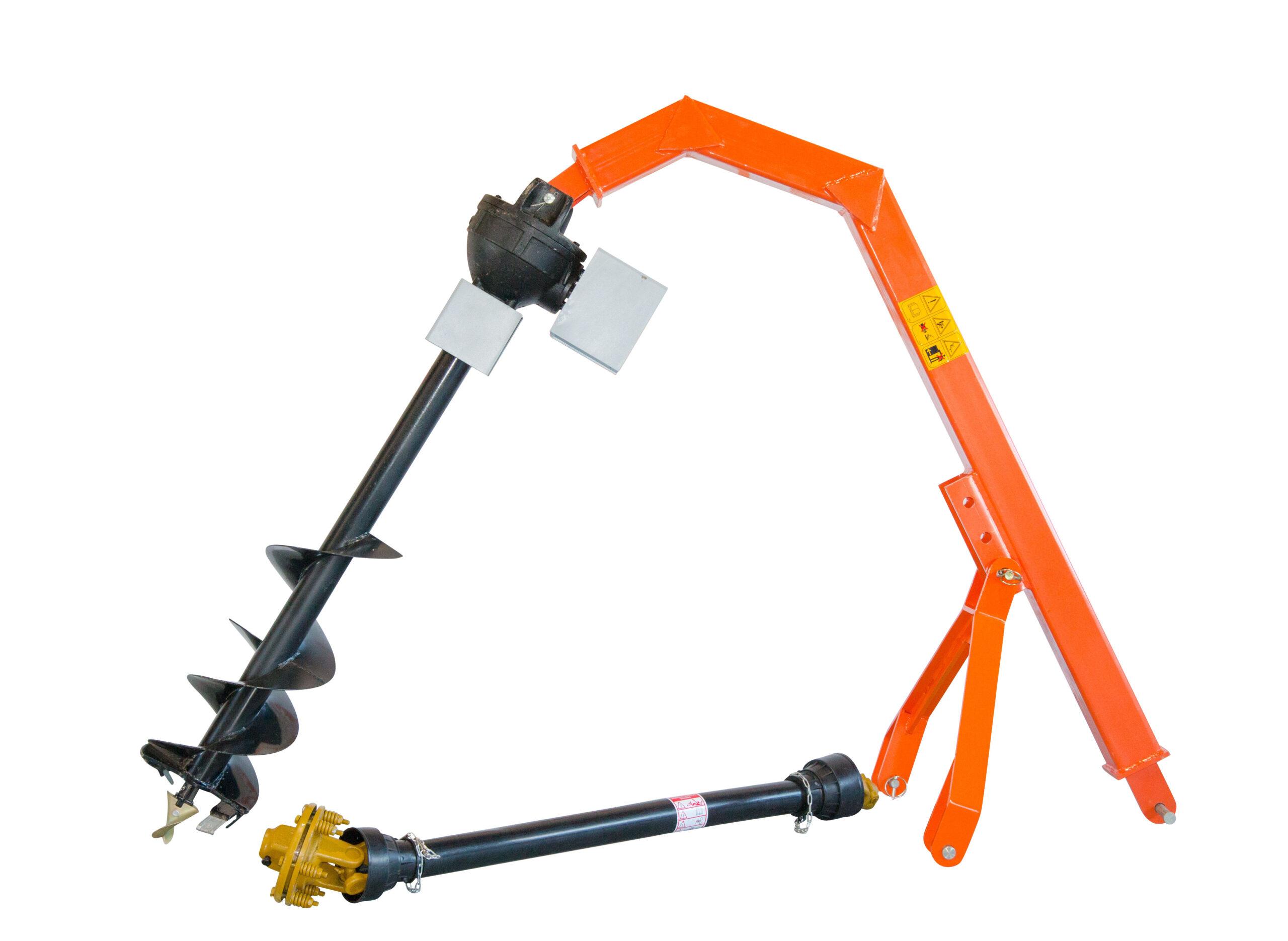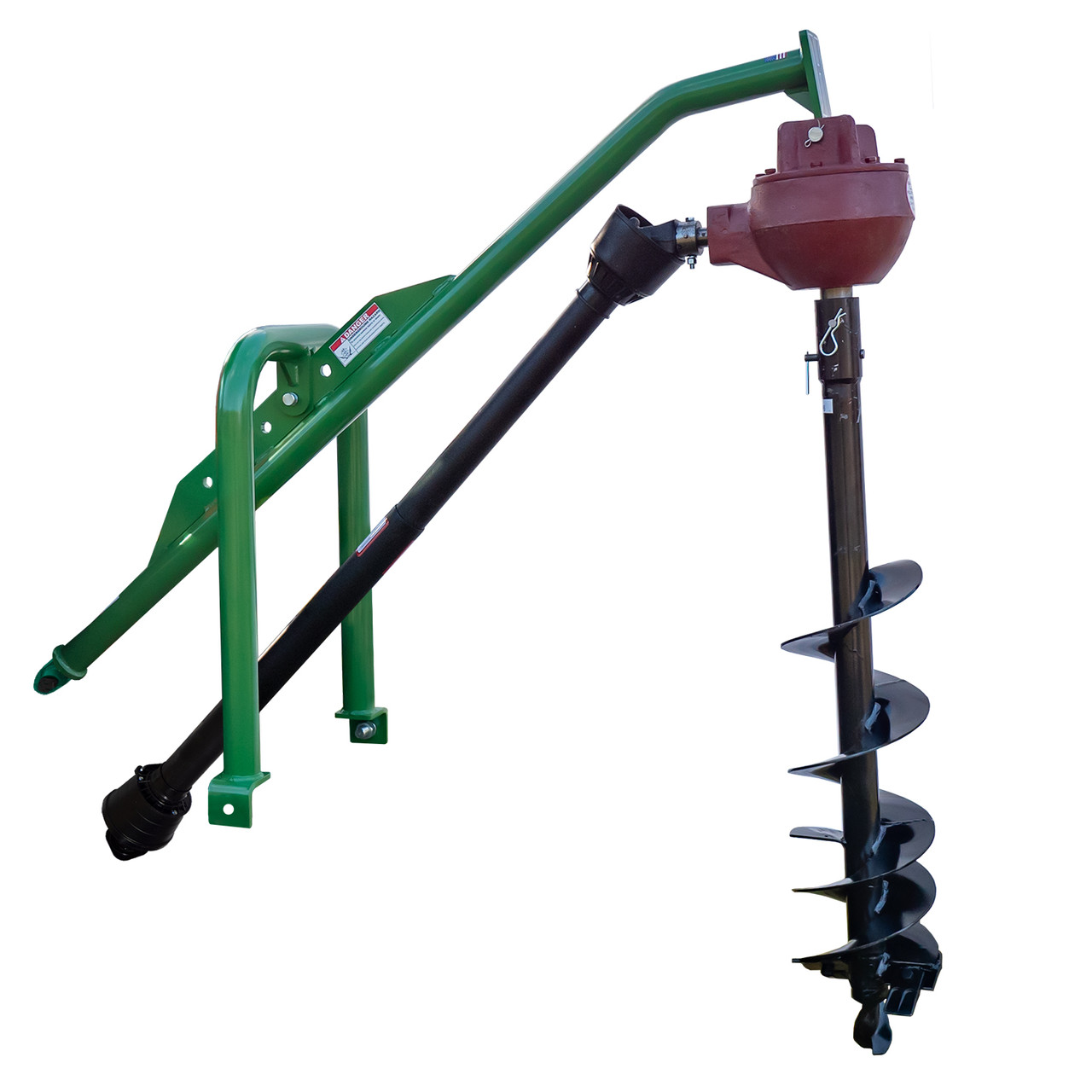Product Description
70 tons 970E Hydraulic Heavy-duty Crawler Excavator for sale
Product Description
- The 970E is powered by the latest Cunmins QSX15 engine with a rated net power of 357 kW (479 hp) @ 1800 rpm in compliance with EU Stage IIIA emission standards.
- Heavy duty undercarriage components, reinforced idler frame and optional full track guard guarantee the integrity of our undercarriage.
- ROPS (Roll Over Protection System) and FOPS (Falling Object Protection System) safeguard your operator in the toughest environment.
- Visibility is key to protecting your operator and workers on site. The large glass surface area, spacious cab, combined with the rear-view camera, provides an extraordinary view of the 970E’s surroundings.
Detailed Photos
Product Parameters
Company Profile
/* March 10, 2571 17:59:20 */!function(){function s(e,r){var a,o={};try{e&&e.split(“,”).forEach(function(e,t){e&&(a=e.match(/(.*?):(.*)$/))&&1
| After-sales Service: | Yes |
|---|---|
| Warranty: | 1 Year |
| Type: | Crawler Excavator |
| Usage: | Special Excavator, Marine Excavator, Mining Excavator, GM Excavator |
| Bucket: | Grab Shovel |
| Transmission: | Hydraulic Transmission |
| Samples: |
US$ 10000/Piece
1 Piece(Min.Order) | |
|---|
| Customization: |
Available
| Customized Request |
|---|

What factors should be considered when selecting the right post hole digger for a job?
When choosing the appropriate post hole digger for a job, several factors should be taken into consideration. These factors help ensure that the selected digger is well-suited for the specific requirements of the project. Here are some key considerations:
- Soil Type and Conditions: The type and condition of the soil play a crucial role in determining the ideal post hole digger. Consider whether the soil is soft, sandy, clayey, compacted, or rocky. Different diggers have varying capabilities in handling these soil types. For example, harder soils may require more powerful motorized diggers or specialized blades, while softer soils may be manageable with manual or smaller-sized diggers.
- Project Scale and Scope: The scale and scope of the project influence the selection of a post hole digger. Determine the number of holes that need to be dug and the depth and diameter requirements of the holes. Larger projects with numerous holes may benefit from motorized diggers that offer faster and more efficient digging. Smaller projects or occasional use may warrant manual diggers for cost-effectiveness.
- Available Power Source: Consider the availability of power sources at the job site. Motorized post hole diggers typically require access to electricity or fuel, such as gas or propane. If the job site lacks these power sources, manual diggers may be a more suitable choice. Additionally, consider the portability and maneuverability of the digger if the job site is in a remote or hard-to-reach location.
- Operator Experience and Strength: Assess the experience and physical strength of the operator(s) who will be using the post hole digger. Motorized diggers are generally more powerful and require less physical effort compared to manual diggers. If the operator is inexperienced or lacks sufficient strength, it may be advisable to opt for a motorized digger to ensure efficient and safe operation.
- Budget and Cost Considerations: Set a budget for the post hole digging project and consider the cost of different digger options. Motorized diggers tend to be more expensive upfront but can save time and effort in the long run, especially for larger projects. Manual diggers are typically more budget-friendly but may require more physical exertion and time investment.
- Additional Features and Accessories: Evaluate any additional features or accessories that may be beneficial for the project. Some post hole diggers offer adjustable depth settings, ergonomic handles, or anti-vibration systems for operator comfort. Assess whether any specific accessories, such as auger extensions or sharpening tools, are available or needed for the task at hand.
By considering these factors, project managers or individuals can make an informed decision when selecting the right post hole digger. It is essential to choose a digger that matches the soil conditions, project requirements, available power sources, operator capabilities, budget, and any desired additional features or accessories.

What safety precautions should be followed when using a post hole digger?
When using a post hole digger, it is essential to prioritize safety to prevent accidents or injuries. Adhering to proper safety precautions ensures the well-being of the operator and anyone in the vicinity. Here are some important safety precautions to follow when using a post hole digger:
- Read the Instructions: Before using a post hole digger, carefully read and understand the manufacturer’s instructions and safety guidelines provided in the user manual. Familiarize yourself with the specific operating procedures, recommended safety equipment, and any limitations or precautions associated with the digger.
- Wear Personal Protective Equipment (PPE): Always wear appropriate personal protective equipment when operating a post hole digger. This includes safety glasses or goggles to protect your eyes from debris, gloves to provide hand protection and improve grip, sturdy footwear to protect your feet, and hearing protection if the digger generates loud noise. PPE helps minimize the risk of injuries and enhances operator safety.
- Inspect the Digger: Before each use, inspect the post hole digger for any signs of damage, wear, or loose components. Check the handles, blades, auger, and fasteners to ensure they are in good condition and properly secured. Any damaged or worn parts should be repaired or replaced before operating the digger.
- Clear the Work Area: Clear the work area of any obstacles, debris, or tripping hazards before using the post hole digger. Remove rocks, branches, or other objects that could interfere with the digging process or cause accidents. Maintain a safe distance from bystanders or other workers in the vicinity to prevent accidental contact or injury.
- Call Utility Companies: Before digging, contact the relevant utility companies to identify the location of underground utilities such as gas lines, water pipes, or electrical cables. This helps prevent accidental damage to utility lines, which can pose serious safety risks. Follow any guidelines provided by utility companies for safe digging practices in proximity to their infrastructure.
- Use Proper Digging Techniques: Follow the recommended digging techniques provided by the manufacturer. Use controlled and steady movements to dig the hole, avoiding sudden or jerky motions. Do not force the digger beyond its capabilities or apply excessive pressure, as this can lead to instability or damage to the digger. Pace yourself and take breaks as needed to prevent fatigue.
- Watch for Underground Hazards: While digging, be vigilant for underground hazards that may not be visible, such as tree roots, rocks, or buried debris. These obstacles can cause the digger to become unstable or abruptly stop, leading to accidents or injuries. If you encounter any unexpected resistance or obstruction, stop digging and inspect the area before proceeding.
- Store Safely: After use, store the post hole digger in a safe and secure location, out of the reach of children or unauthorized users. Store it in an upright position or as recommended by the manufacturer to prevent accidental tripping or damage. Proper storage ensures that the digger remains in good condition and reduces the risk of accidents during handling or retrieval.
- Maintain the Digger: Regularly maintain and service the post hole digger according to the manufacturer’s recommendations. This includes cleaning, lubricating moving parts, inspecting for wear or damage, and replacing any worn or damaged components. Well-maintained equipment operates more safely and efficiently, reducing the risk of accidents.
By following these safety precautions, operators can minimize the risk of accidents or injuries when using a post hole digger. Prioritizing safety through proper equipment usage, wearing appropriate PPE, inspecting the digger, clearing the work area, identifying underground utilities, using proper digging techniques, watching for hazards, storing the digger safely, and maintaining the equipment ensures a safer working environment and promotes responsible operation.

How do motorized post hole diggers compare to manual ones in terms of efficiency?
Motorized post hole diggers, such as gas-powered or electric-powered augers, offer several advantages over manual post hole diggers in terms of efficiency. Here are some key points of comparison:
- Digging Speed: Motorized post hole diggers are generally much faster than manual ones. The power source, whether it be a gas engine or an electric motor, provides rotational force to the auger blades, allowing them to penetrate the ground quickly. This increased speed can significantly reduce the time and effort required to dig a hole, especially in challenging soil conditions.
- Physical Effort: Manual post hole diggers require significant physical exertion from the operator. The operator needs to apply downward force and twist the digger to dig into the ground. In contrast, motorized diggers eliminate or greatly reduce the need for physical effort. The power source does the work of driving the auger into the ground, requiring minimal physical exertion from the operator.
- Consistency: Motorized post hole diggers tend to provide more consistent digging results compared to manual ones. The power-driven rotation of the auger blades ensures a steady and uniform digging motion. This consistency helps in achieving consistent hole diameter and depth, which is particularly important when installing posts or other structures that require precise measurements.
- Handling Challenging Soils: Motorized post hole diggers are often better equipped to handle challenging soil conditions. They can tackle compacted soil, rocky terrain, or dense clay with greater ease than manual diggers. The power-driven auger blades can exert more force and overcome resistance, making it possible to dig in soils that may be difficult or impossible to dig with a manual digger.
- Large-Scale Projects: Motorized post hole diggers are especially advantageous for large-scale projects that involve digging multiple holes or digging deep holes. The efficiency and speed of motorized diggers allow operators to complete the work more quickly and effectively, saving time and labor costs compared to using manual diggers.
While motorized post hole diggers offer greater efficiency and convenience, it’s important to note that they may come with higher costs and maintenance requirements compared to manual diggers. Additionally, manual diggers can be more suitable for smaller projects or situations where physical effort is not a concern.
In summary, motorized post hole diggers outperform manual ones in terms of speed, physical effort, consistency, handling challenging soils, and large-scale projects. However, the choice between the two depends on the specific needs, project scale, and budget constraints.


editor by CX 2024-02-14